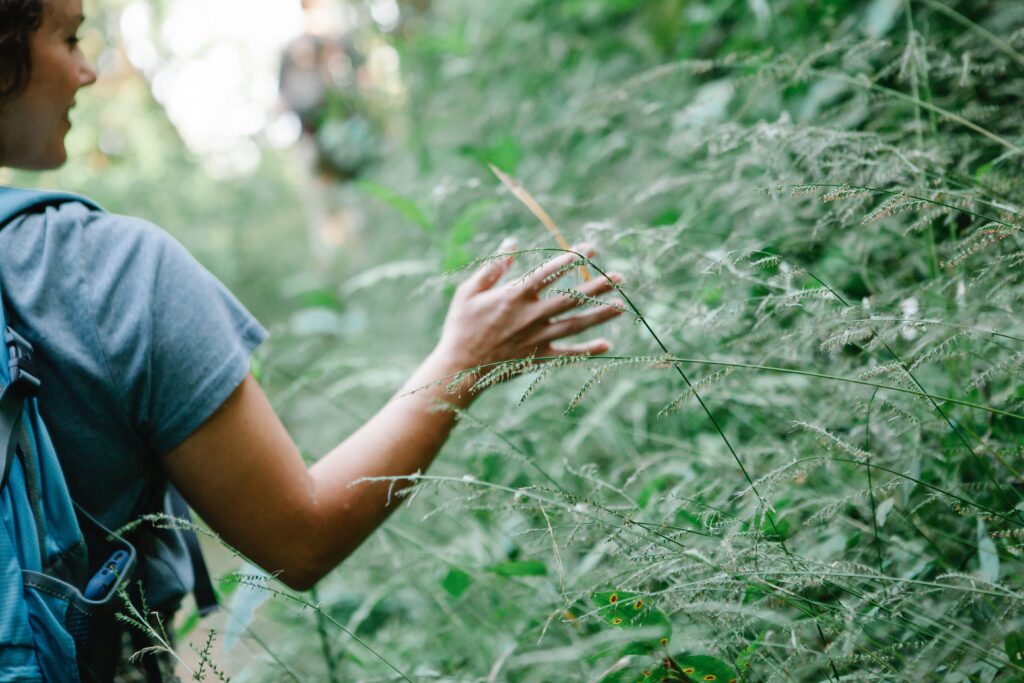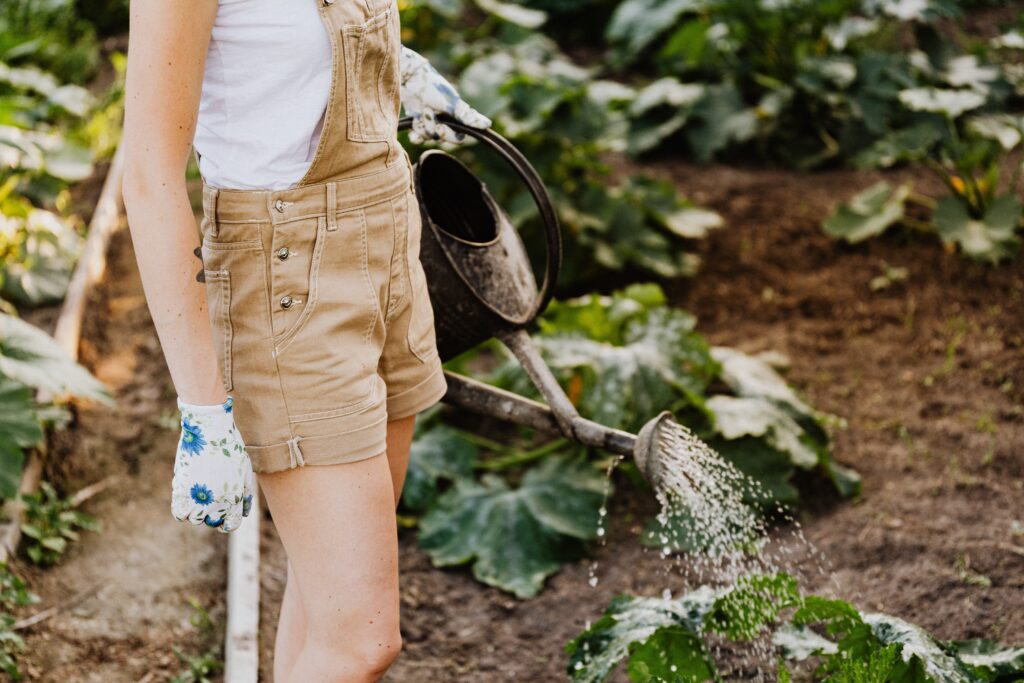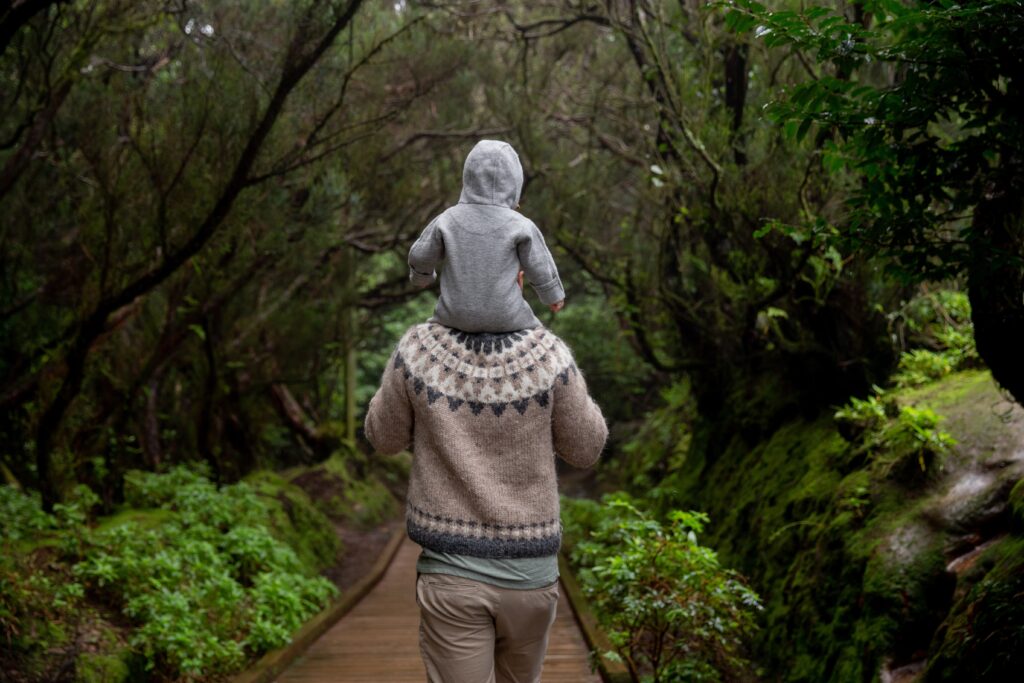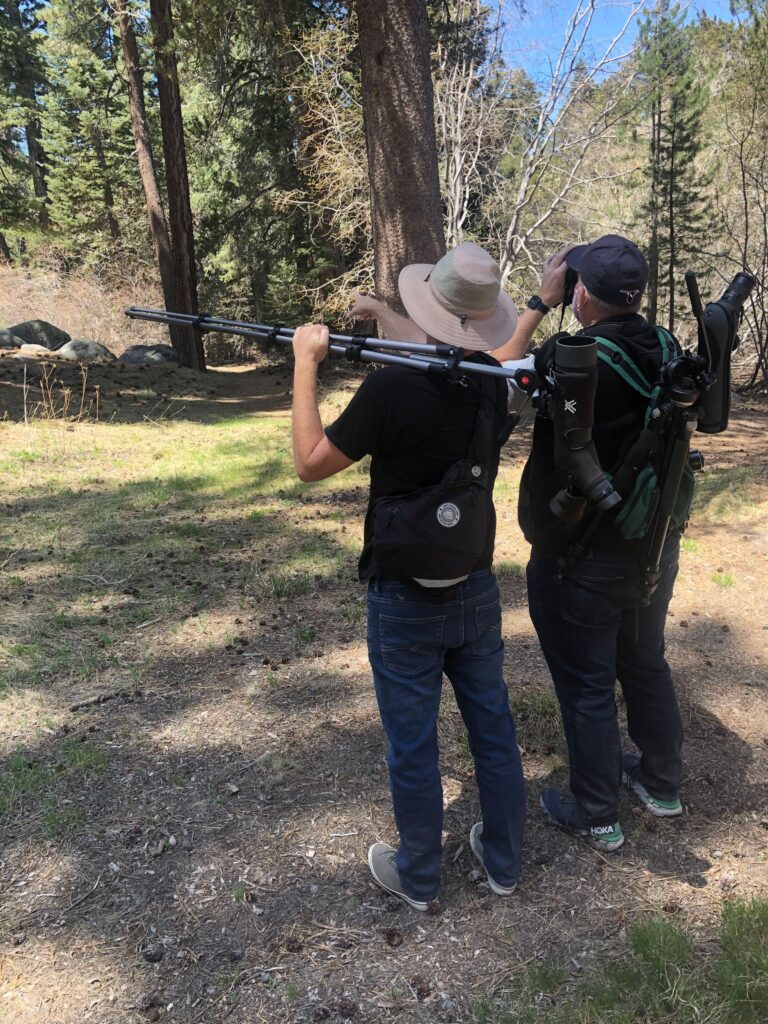We are currently seeing an “unprecedented” level of stress and anxiety in this country. Between economic concerns brought on by the pandemic to fears for the future of the planet, people are overwhelmed. Even just everyday stressors have people looking for ways to unwind. Unsurprisingly, nature has proven to be a powerful stress reliever. Spending time in nature has been shown to relieve symptoms of anxiety and depression, lower levels of cortisol, and reduce blood pressure. Let’s take a deeper dive into why nature is so good for us, and how we can use it to bolster our mental and physical health.
Nature’s Effect on Mind and Body

- Spending only 20 minutes in nature can lower stress hormone levels.
- Exposure to nature improves attention, puts us in a better mood, and increases levels of empathy and cooperation.
- Simply viewing scenes of nature reduces feelings of anger, fear, and other unpleasant emotions.
- Spending time in green spaces helps alleviate symptoms of diseases like Alzheimer’s and heart disease.
- People exposed to more natural light often report less pain and take fewer pain medications.
- Nature helps combat “Nature Deficit Disorder,” a condition that’s led to physical and emotional disorders in kids and teens.
Ways to De-Stress with Nature
Start a Garden

Research has found that microorganisms in soil boost your mood and immune response—so go play in the dirt! It doesn’t have to be a sprawling plot of land either. You can enjoy the stress-fighting benefits of soil by planting a container garden or raised garden bed. The combination of digging in soil, being physically active, and enjoying the plants and fresh air is a natural mood booster.
Take a Walk

Even a 10–15-minute walk in nature has incredible stress-busting benefits. It helps you reconnect with your body and re-focus from what’s in your head to the nature that surrounds you. Make the most out of your nature stroll or hike with some belly breathing. Take a deep breath in through your nose and watch your stomach expand before exhaling slowly through your mouth. Ground yourself in the moment by looking at and touching your surroundings: the blue sky, the rough trunk of a tree, the cool lake water. Think of these walks as mini vacations from the daily grind. Make a mental goal to stem worries and anxieties until you’re through.
Go Birding

One recent British study discovered that birdwatching—even just in your own neighborhood or backyard—lowers risk of anxiety, stress, and depression. In fact, the study even correlated the level of a person’s well-being with the number of birds they saw on a daily basis. In other words: the more birds they saw, the happier they felt. This was true for people of all ages and backgrounds in the study.
Speaking of ages, birding isn’t just for the 50+ crowd—there is a growing population of birders in their 20s and 30s. And kids of all ages love watching birds, whether on a nature trail or at their own backyard bird feeder. If you’re interested in turning your backyard into a bird-viewing, stress-relieving sanctuary, here are a few things you’ll need:
- One or more bird feeders. Tube feeders are the most popular, though there are several types to choose from. And check out our window feeders, for getting up close and personal with birds as they feed.
- Bird food. You’ll need bird food to fill your feeder, and a high-quality seed mix is a must, preventing seed spillage and giving birds the nutrients they need for mating and nesting.
- A birdbath. Increase the amount, and variety, of birds that visit your yard by adding a birdbath for drinking and bathing. Even better, a birdbath with moving water, so birds will hear and see the trickling water and come to investigate.
- Binoculars. Make the most out of birding, whether in your backyard or on a hiking trail, with a pair of binoculars. The Chirp store offers optics for beginner and advanced birders (and all price levels), from the top optics brands available.
- A good field guide. Identify your local birds with a visual field guide like Peterson’s Field Guide to Birds of Western North America. This field guide includes illustrations of native birds, range maps, and checklists for keeping track of the birds you see.
- A Beginner Bird Feeding Kit. Take the guesswork out of birding with one of Chirp’s Beginner Backyard Bird Feeding Kits. These kits are curated by our birding experts with everything you need to embark on your new birding adventure.
- Beginner Backyard Birding videos. Check out our “How to Begin Backyard Birding” YouTube playlist for quick tips on how to get started.
Unwind with us at Chirp!

Come and commune with nature! All nature lovers—adults and kids—are welcome to join us for a Bird Walk in the Big Bear area. We also offer interesting bird facts by visiting speakers in our Bird Talk series. Check our Activities page for the next live, or virtual, event. We’ll see you there!


